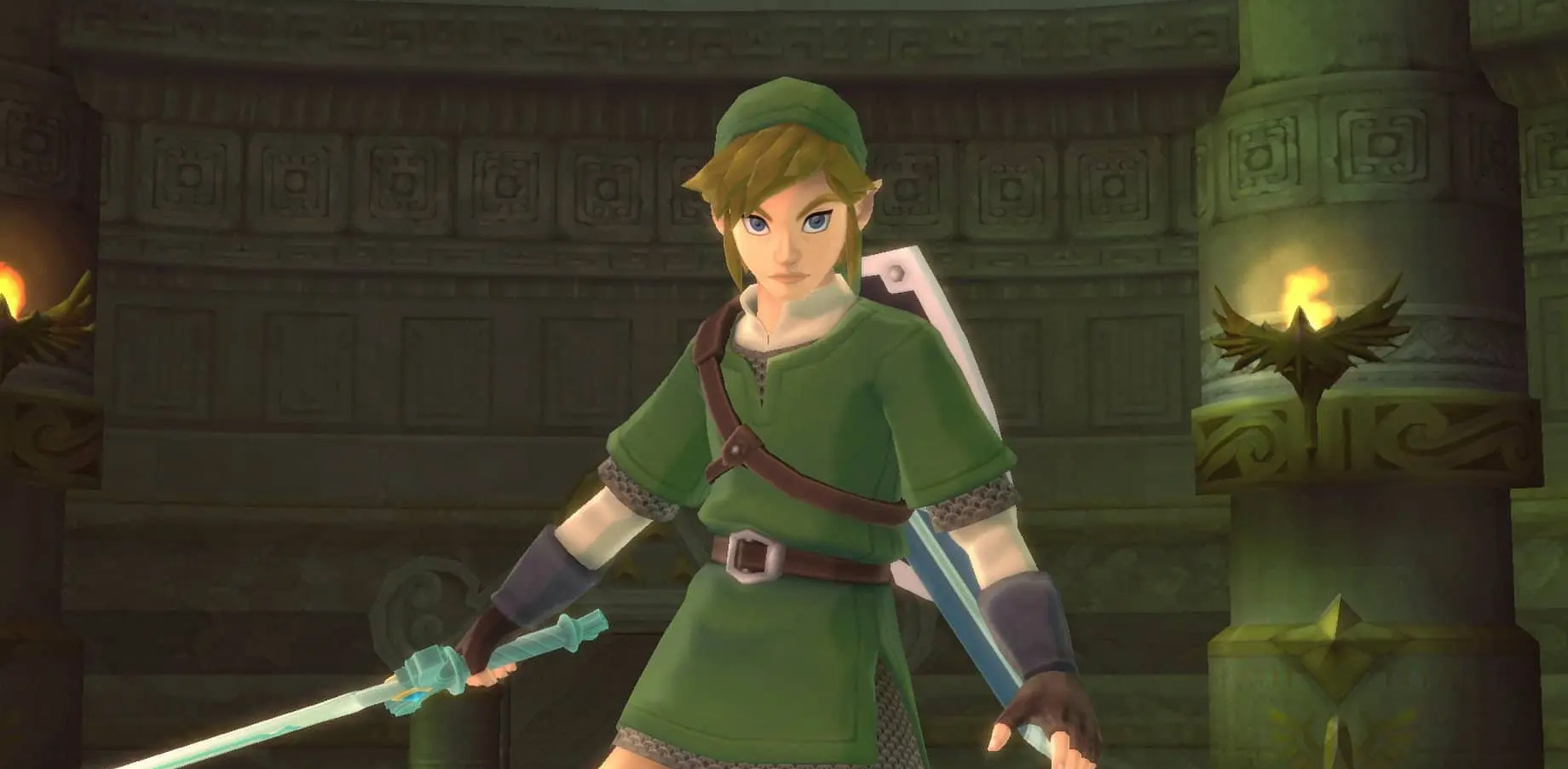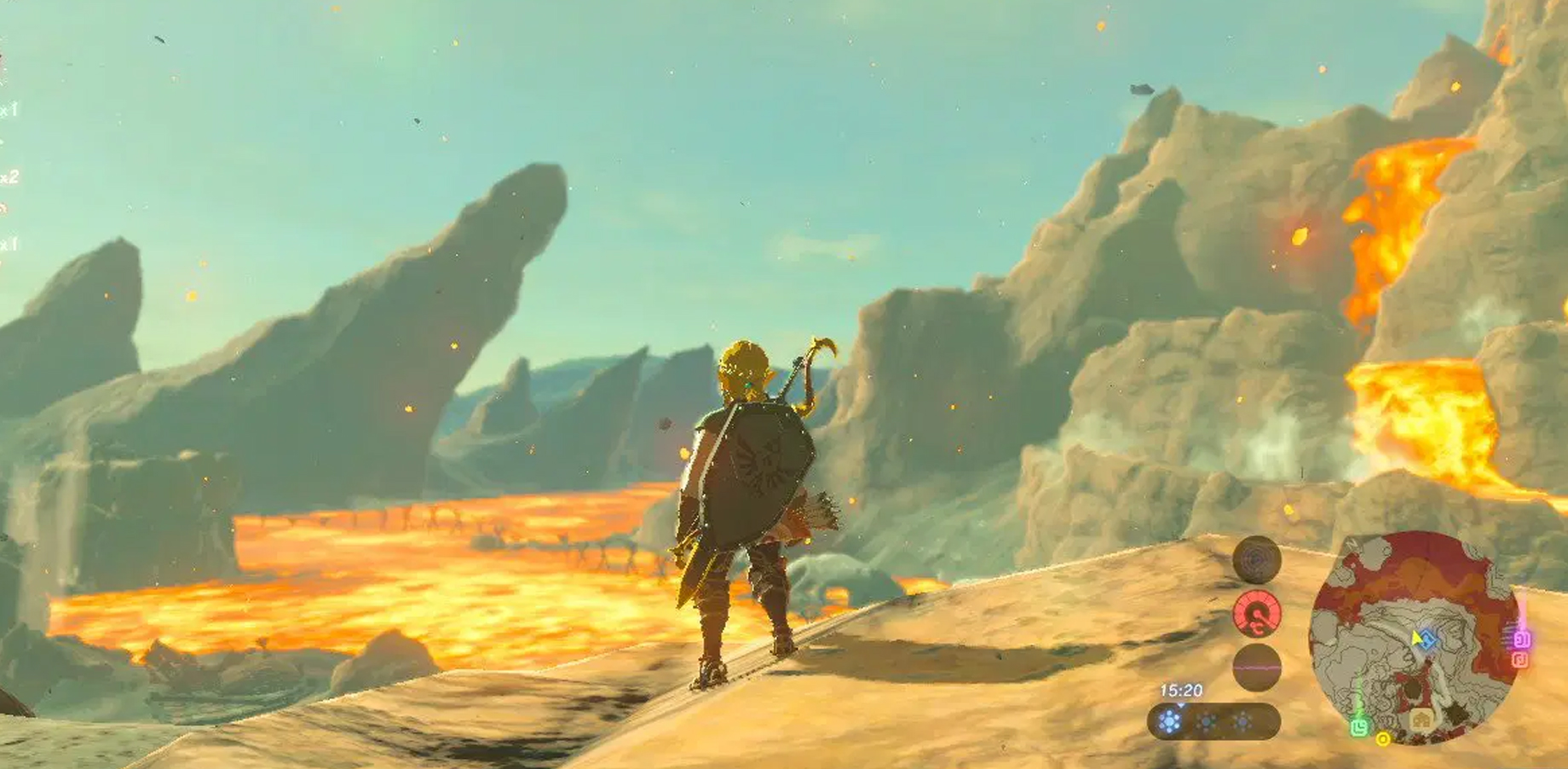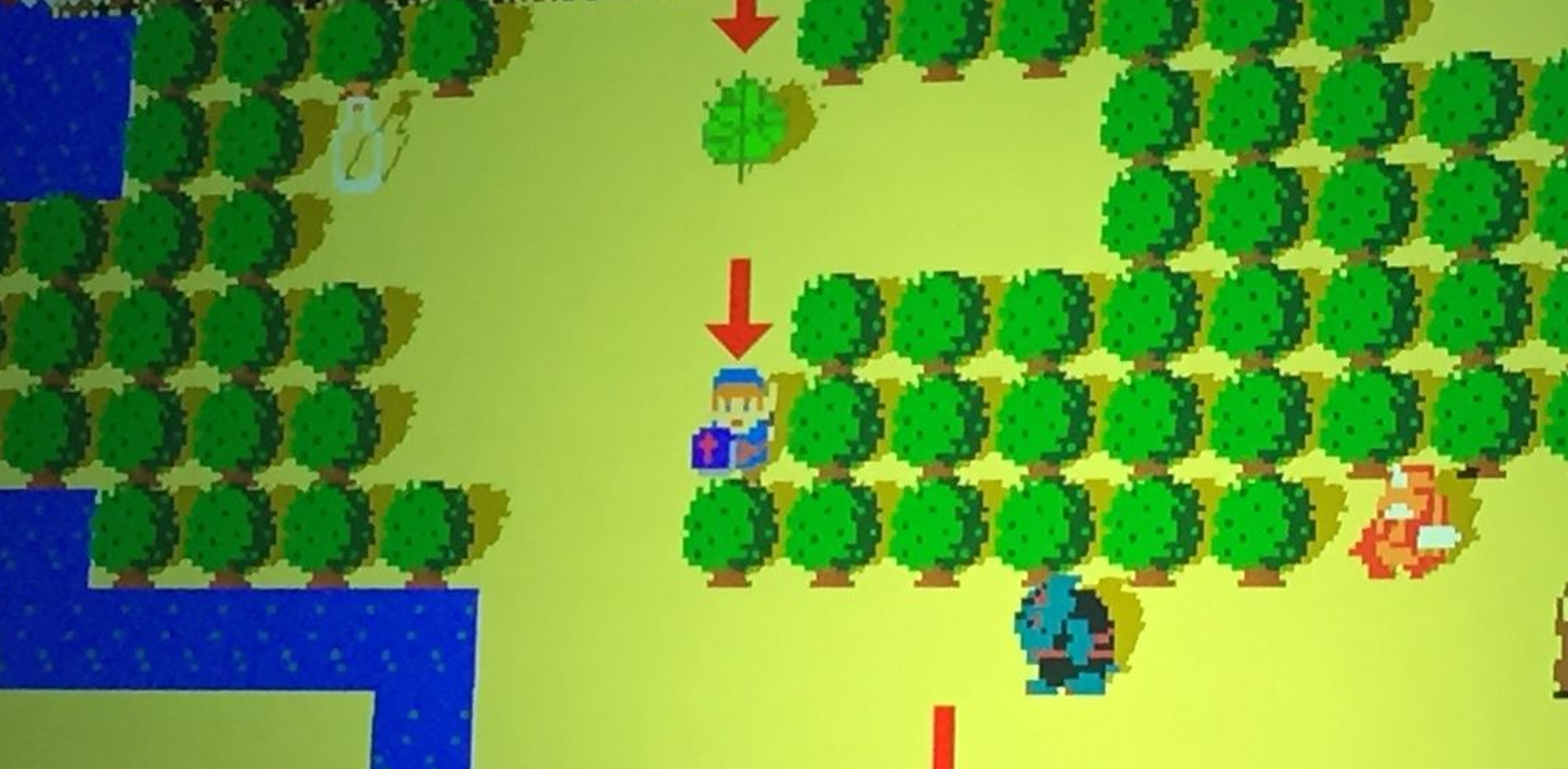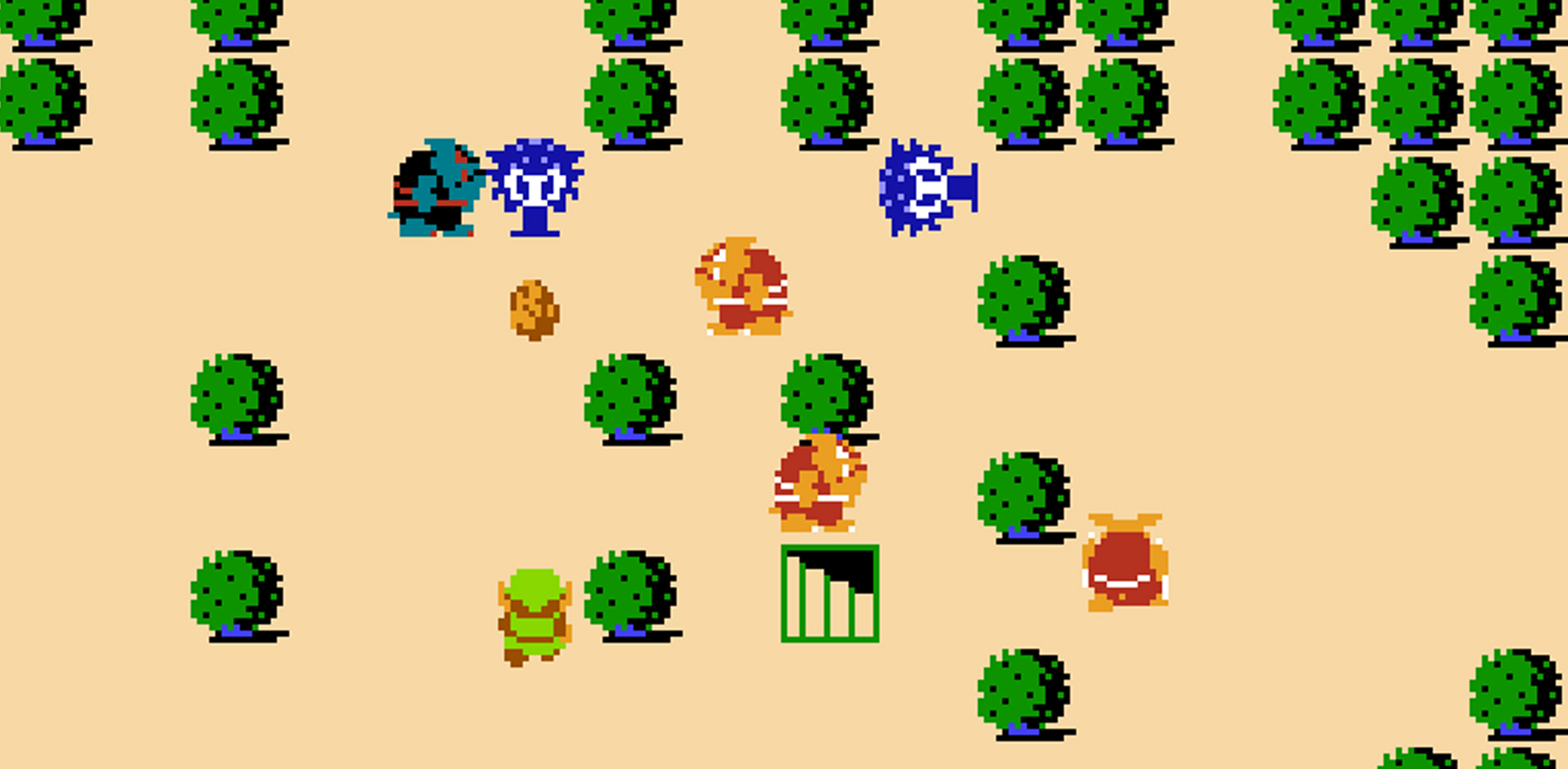In 2017, The Legend of Zelda: Breath of the Wild debuted with a near perfect rating on Metacritic. Its 97 average earned it a place as one of the highest rated games in history, in addition to being the second best title in the series, only behind the legendary The Legend of Zelda: Ocarina of Time.
It’s inevitable that even the most beloved and celebrated products have detractors. Many with valid and legitimate opinions and others only wanting to swim against the current. For this reason, since its debut in 2017, Breath of the Wild has been criticized by a lot of voices, many of them with reproaches because it is not a true Legend of Zelda and because it seems to them that Nintendo is going against what one of its most iconic franchises represents.
Although I’m a big fan of what Nintendo did with The Legend of Zelda: Breath of the Wild, I consider it to be an imperfect game, so the criticisms it has received are valid and they have even offered me a different way of looking at it (which seems to me the goal of a good review). However, above all that has been said about Breath of the WildFew things seem to me as foolish as considering it the Zelda less Zelda because it is the opposite!
NOTE: This content is part of Zelda Week, a special with which the LEVEL UP team wants to celebrate the launch of [i]The Legend of Zelda: Tears of the Kingdom. Here are other items from the collection:[/i]
Related Video: The Story Behind: The Legend of Zelda: Ocarina of Time
What makes a Zelda Be a Zelda?
Before continuing, it is important to answer a key question: what makes a Zelda be a Zelda? It seems to me an impossible question to answer concisely and correctly. After all, just like other franchises, Zelda has evolved and experienced different things. whatPhantom Hourglass is it less Zelda than Link’s Awakening because it has touch controls? EITHER Four Swords Adventures It is an unworthy installment for having multiplayer, unlike Ocarina of Time either twilight princess?
At no time is it my intention to detract from previous installments, and that is why I think that approach is nonsense. What interests me is to see what was the objective of Legend of Zelda and for that it is necessary to review its roots. What led to the creation of Legend of Zelda? And more importantly, what kind of sensations were you looking to deliver from the first moment each child put their golden cartridge in an NES?
Shigeru Miyamoto, the creative mind of Nintendo behind Super Mario Bros. and donkey kongHe was also the creator of Legend of Zelda. In a talk with David Sheff for the book Game Over: Press Start to Continue: The Maturing of Mario (1999)Miyamoto revealed that the inspiration behind the series was little adventures he had as a child exploring Kyoto, his hometown.
“When I was a kid I went hiking and found a lake. It was quite a surprise to run into him. When I traveled the country without a map, trying to find my way; stumbling across amazing things as I went along, I realized what it felt like to go on an adventure like this…” he explained.
A few years later, in 2003, Miyamoto spoke about the origin of Zelda with the magazine Superplay Magazine and commented: “I remember we were very nervous because Legend of Zelda it was our first game that forced players to think about what to do next. We were afraid that players would get bored and stressed by the new concept.”
Miyamoto’s words are immediately reminiscent of a delivery of Zelda specifically, but we must not get ahead of ourselves. What matters here is that Miyamoto sought to deliver the sense of adventure Legend of Zelda (1986). Grab 8-bit to recreate that feeling of going out and getting lost in an adventure where no one holds your hand and where the only guide is your heart.
Legend of Zelda it encapsulated those kinds of emotions very well, even for the hardware limitations of the era. The adventure would throw you straight into a mysterious world, with little indication of where to go and only the warning that it’s dangerous outside. Of course, the game was designed so that you could understand what you had to do (otherwise, it would never have succeeded), but its great success is that it allowed you to lose yourself and be surprised. It was your journey, your adventure and your discovery.
With the release of Zelda II: The Adventure of Link (1987) showed that the essence remained the same, but that the franchise would open the doors to experimentation. It was with T.he Legend of Zelda: A Link to the Past (1991) when we saw a more radical change. Although the overhead camera of the original was maintained, the formula focused on puzzles that are solved with specific objects was born there. The enormous quality of A Link to the Past he made these ideas a new foundation for the franchise.
Taking into account that A Link to the Past is a great game and that its influence led us to Ocarina of Time (1998), The Wind Waker (2002), Oracle of Seasons & Ages (2001) and A Link Between Worlds (2013), it is difficult to say that the change was bad for him. In fact, many of the most beloved installments follow his design ideas, but it is undeniable that they have strayed from the roots. Although it appeared in a primitive form, his game system had ideas of emergent gameplay and that changed to more linear mechanics focused on solving puzzles with a single answer. Legend of Zelda it went from an adventure into the unknown to a day at a theme park.

The return to the adventure with Breath of the Wild
The change in the design philosophy of Legend of Zelda it was natural and even necessary for the hardware and the needs of the public of that time. However, little by little the formula wore out; each new Zelda it felt more restrictive than before. Sure, we were introduced to new enemies, items with good ideas, and they even let us attack as if we had the Master Sword in hand, but a change was necessary that responded to the experimental nature of the series, which was long forgotten.
With The Legend of Zelda: A Link Between Worlds We are beginning to see some shifts in that direction. Yes, the structure of dungeons with puzzles was preserved, but freedom was offered by allowing us to play them in the order we wanted and even having different ways of solving problems. However, we had to wait until 2017 to see the arrival in the form of emerging gaming systems with the release of The Legend of Zelda: Breath of the Wildwhich represented a sea change, not by taking the franchise in another direction, but by bringing it back to where it was born to create a modern vision.
 The VergeHidemaro Fujibayashi, director of Breath of the Wild, revealed that to create the map and guarantee its quality they used Kyoto as a reference, the city where Miyamoto grew up and lived the adventures that inspired it! Zelda!
The VergeHidemaro Fujibayashi, director of Breath of the Wild, revealed that to create the map and guarantee its quality they used Kyoto as a reference, the city where Miyamoto grew up and lived the adventures that inspired it! Zelda!
“When I first started studying this game, I’d have Link on an empty playing field and I’d just walk around and try to draw a map and get an idea of the distance and where the landmarks should be. My hometown, Kyoto, helped me a lot. I took a map of Kyoto, superimposed it on the game world, and tried to imagine going to places I know in Kyoto. I was thinking it takes so long to get from point A to point B, how does that translate into the game? And that’s how we began to chart the world of Breath of the WildFujibayashi commented.
Perhaps Nintendo never saw it that way (although the fact that the prototype of Breath of the Wild it was an 8-bit game makes me think otherwise), but it’s clear to me that if today’s technology had existed in the 80s, Miyamoto would have created something very similar to the game for Switch and Wii U as the first Legend of Zelda. There is no other Zelda installment that manages to make you feel like a genius just by deciding the correct way to climb a mountain or feel free to visit any point you see. Breath of the Wild He knew how to give us that personal journey that the franchise hadn’t given us for almost 40 years.

Editorial: Gaming / Facebook / Twitter / Youtube / instagram / News / discord /Telegram / Google news











